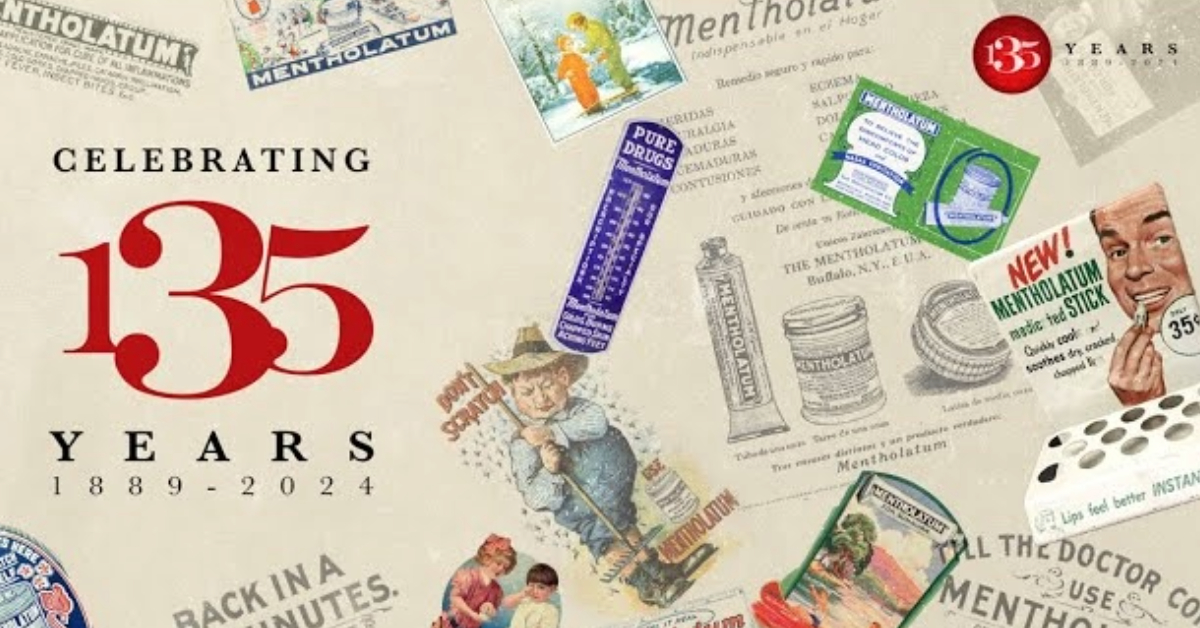Nostalgia, a sentiment that evokes a longing for the past, has become a powerful marketing tool. In this article, we elaborate on this timeless marketing tool and the strategies to harness it for effective branding.

The Psychology of Nostalgia
The term ‘nostalgia’ derives from the Greek words nostos, which means return, and algos, which means pain. The literal meaning of nostalgia is the suffering evoked by the desire to return to one’s place of origin.
How Sensory Stimuli Spark Memory
What triggers these nostalgic trips into the past? Research points to sensory stimuli as the primary instigators. Sounds, scents, and sights can be potent memory cues, propelling us into reminiscence.
Studies by the British Psychological Society found evidence that nostalgia serves four functions. First, nostalgia generates a positive effect. Second, nostalgia maintains and enhances positive self-regard. Third, nostalgia strengthens social bonds. Finally, nostalgia imbues life with meaning, which facilitates coping with existential threats.

Leveraging Nostalgia: A Shortcut to Brand Loyalty
Srinivas Pingali highlights in a Forbes article that nostalgia marketing, also called ‘throwback marketing’, fosters an instant emotional bond between consumers and brands. This emotional connection translates into a greater likelihood of purchase and positive recommendations, ultimately driving brand loyalty.
Why is Nostalgia Marketing So Efficient?
Studies by Lira Stone in 2019 suggest that nostalgia marketing taps into a powerful psychological phenomenon. For example, nostalgic advertisement creates an instant emotional connection with consumers, transporting them back to happy memories and effectively collapsing the time barrier.
Moreover, according to Lasaleta, Sedikides, and Vohns, nostalgia marketing thrives because it cultivates a sense of social connection. This sense of belonging can make consumers less concerned about the immediate cost and more receptive to the product.
Studies indicate that this relaxes consumers’ grip on their finances, making them more inclined to spend.

5 Marketing Strategies Utilising Nostalgia
- Retro Branding: It involves reviving classic products or creating new ones with a vintage aesthetic. Examples include re-releases of iconic toys, limited edition “throwback” clothing lines, and retro-inspired marketing campaigns.
- Celebrity Endorsers: Using celebrities who were popular in a particular era can evoke feelings of nostalgia. For example, a brand might feature an actor from a beloved TV show or a musician from a famous band.
- Music is a powerful tool for triggering nostalgia. Songs from a specific time period can transport consumers back to a particular era, creating a sense of familiarity and comfort.
- Visual Cues: Images and visuals that evoke a sense of nostalgia can be practical marketing tools. This might include vintage photographs, old-fashioned typography, or nostalgic colour palettes.
- Storytelling: Sharing stories about the brand’s history or customers’ experiences can create a sense of connection and nostalgia.
Nostalgia in Marketing: A Timeless Strategy
Nostalgia is often associated with positive emotions such as happiness, warmth, and comfort. Nostalgia marketing can trigger a sense of belonging and security, making consumers more receptive to products and services that evoke familiar feelings. By understanding the psychology of nostalgia and its effective strategies, brands can create powerful marketing campaigns that resonate with consumers on a deep emotional level.


